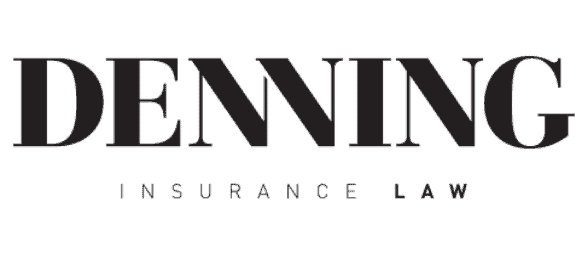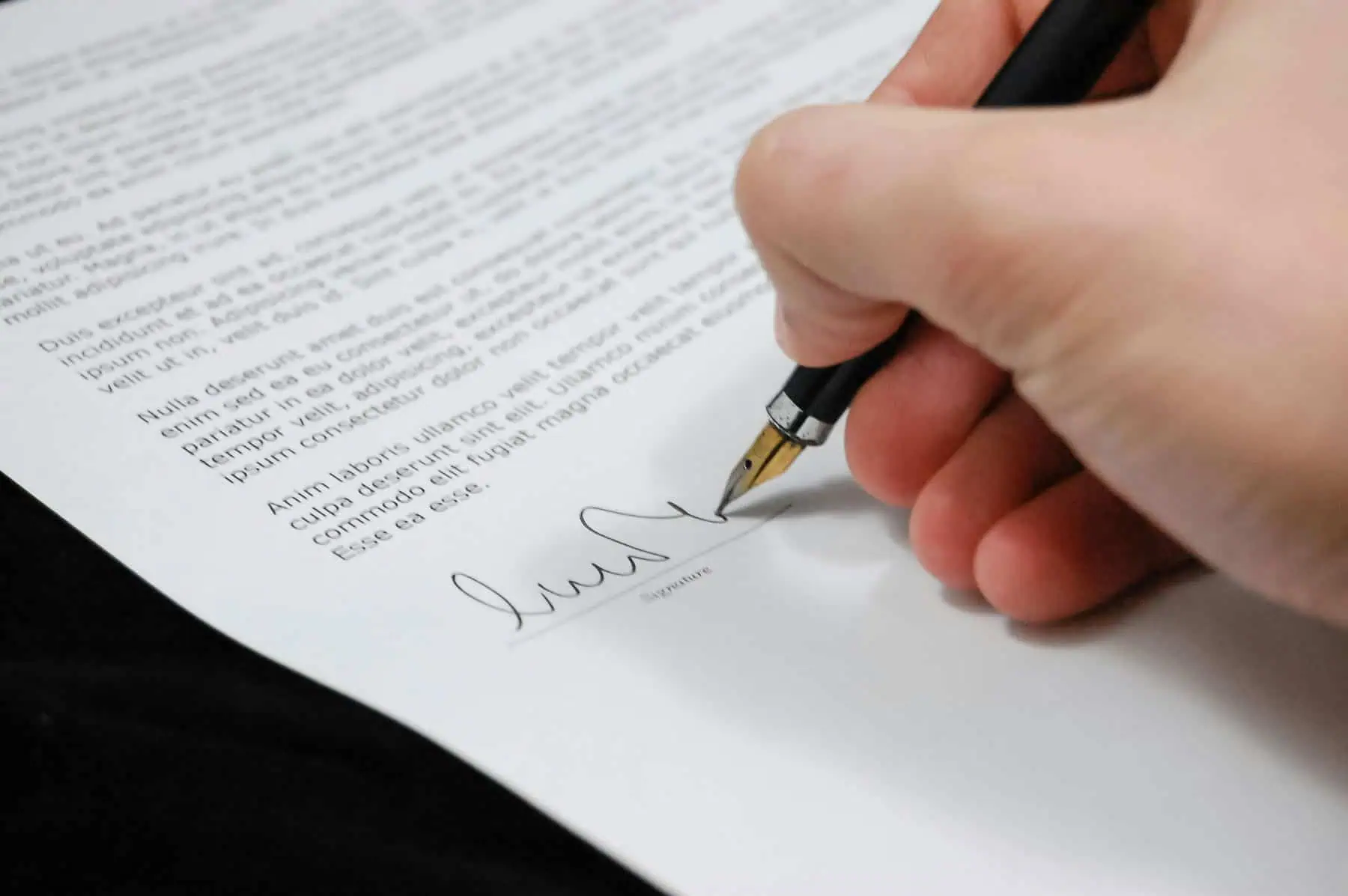Key Takeaways
- Public liability claims cover injuries resulting from a breach of duty of care in places like private properties, public areas, or recreational activities, distinct from workplace or motor vehicle incidents.
- To win a claim, the claimant must prove the respondent owed a duty of care, breached it, and contributed to the injury and related losses.
- In Queensland, public liability claims should be started within nine (9) months of the injury or one (1) month from instructing a lawyer, whichever is earlier. There is also a general three (3) year limitation period that applies. Getting advice on the dates relevant to your claim is critical.
- The claims process involves gathering evidence, submitting a Notice of Claim, receiving liability responses, undergoing medical examinations, and possibly attending a compulsory conference.
- Compensation for public liability claims can cover pain and suffering, loss of income, medical expenses, and other impacts on the claimant’s life, aiming to restore them financially to their pre-injury state.
Understanding public liability and personal injury claims
If you’ve been injured due to someone else’s negligence, you may be entitled to compensation. Public liability and personal injury claims are legal processes that allow individuals to seek financial recovery for injuries sustained in various situations. These claims can help cover medical costs, lost wages, and the pain and suffering you’ve experienced as a result of the incident. Whether the injury occurred in a public place, private property, or through a product malfunction, understanding the claims process is essential to getting the compensation you deserve.
This blog will explore the details of making a public liability claim, the steps involved, the compensation you can expect, and how to effectively prove your case.
At Denning Insurance Law, our team of public liability lawyers are here to help you navigate this process, ensuring you understand your rights and entitlements under Queensland law.
What is a personal injury claim?
A personal injury claim allows individuals to seek compensation for injuries caused by someone else’s actions or negligence. In Queensland, personal injury claims may be broadly categorised into three (3) groups, being a personal injury arising out of:
- A motor vehicle collision; or
- A workplace incident; or
- Most other types of incidents – commonly known as a Public Liability Claim.
It’s important to note that workers’ compensation claims differ from public liability and personal injury claims, as they are specifically related to injuries sustained in the workplace. Denning Insurance Law can also assist clients in navigating workers’ compensation claims.
What is a public liability claim?
An injured person may make a claim under public liability law arising from a wide range of situations, not usually pertaining to a workplace or the operation of a motor vehicle. These claims cover various situations where a duty of care has been breached, leading to harm.
At Denning Insurance Law, we have extensive experience handling cases where public liability covers injuries arising from:
- Injury on a private property or at a rental property (e.g. slip and fall down the stairs)
- Injury in a public place (e.g. being injured at a shopping centre, car park or amusement park)
- Injury while playing sport (e.g. tripping in a hole at a Council sports ground)
- Injury while engaging in a social pastime (e.g. struck by a golf ball at a golf course)
- Injury by way of assault (e.g. a physical altercation at a licensed venue)
- Injury while using a product (e.g. while camping, a camping chair collapses or a gas cylinder explodes)
- An animal attack (e.g. injured by a dog while entering a property)
Proving a successful public liability claim
Traditionally, public liability claims arise because somebody (called the Respondent in the formal injury claim paperwork) has breached his/her duty of care to another person (called the Claimant in the formal injury claim paperwork). In public liability and personal injury cases, the defendant’s actions are often judged against what a reasonable person would do in similar circumstances to determine if a breach of duty has occurred.
Depending on the nature of the claim, the Claimant may need to provide evidence to demonstrate that the Respondent’s actions—or lack of action—led to the injury. This can involve relying on:
- The Civil Liability Act 2003 (Qld)
- The Competition and Consumer Act 2010 (Cth)
- Common Law (i.e. court decisions handed down over the years)
Generally speaking, to succeed with a public liability claim, the Claimant must prove, on the balance of probabilities, the following:
- The Respondent owed the Claimant a duty of care; and
- The Respondent breached that duty of care; and
- The Respondent’s breach of duty caused the Claimant’s personal injury and related losses; and
- Damages are the remedy most suited to compensate the Claimant for the Respondent’s breach.
At Denning Insurance Law, we invite you to arrange a no-obligation consultation with our lawyers so that we may consider the merits of your public liability claim.
If I want to claim, is there a time limit?
Note: PIPA also stipulates that if symptoms of the personal injury are not immediately apparent, the first appearance of symptoms of the personal injury might commence the timeframe.
This article is not to be accepted as legal advice. Additionally, limitation issues pertaining to public liability claims have resulted in much case law over the years.
Therefore, if you have sustained a personal injury and believe you may be entitled to make a claim, we invite you to contact Denning Insurance Law immediately.
In saying that, section 9(3) of the Personal Injuries Proceedings Act 2002 (Qld) states that a Claimant must commence a public liability claim within the period ending on the earlier of the following:
- the day which is nine (9) months after the day when the personal injury happened, or
- the day, which is one (1) month after the day the Claimant first instructs a law practice to act for the Claimant to seek damages for the personal injury.
What does the public liability claims process look like?
In Queensland, public liability claims are regulated by the Personal Injuries Proceedings Act 2002 (Qld). A Claimant must adhere to this legislation to successfully pursue a public liability claim.
At Denning Insurance Law, if our no-obligation consultation indicates your public liability claim has merit, the likely process for your claim would be as follows:
- Documentation and Evidence Collection
- Submit a Notice Claim Form
- Response to Claim
- Part 2 Notice of Claim
- Liability Response
- Medical examinations
- Compulsory Conference
You can learn more about the public liability claims process in our blog, Making a Public Liability Claim in QLD.
If I make a public liability claim, what damages could I receive?
How the Claimant’s injury has impacted his/her life is vital in order to determine the Claimant’s quantum of damages (Quantum).
Insofar as a public liability claim is concerned, the law effectively says that a Respondent should pay damages that adequately compensate the Claimant. The ultimate aim is to place the Claimant in the position he/she would now be in, from a monetary perspective, as though the Claimant did not suffer injuries as a result of the incident.
As a rule of thumb, Quantum for a public liability claim usually include the following heads of damage:
- Payments for pain and suffering and loss of enjoyment of life
- Income and financial loss from the date of the incident
- Income that is expected to be lost into the future, as well as the Claimant’s loss of income earning capacity
- Loss of superannuation
- Payments made by the Claimant to receive medical treatment, both in the past and into the future
- The cost of domestic assistance received by the Claimant or paid for by the Claimant
- The Claimant’s inability to care for his/her dependents
Determining Quantum in public liability claims
No two public liability personal injury claims are identical. The unique circumstances of a Claimant’s claim will ultimately determine the appropriate Quantum. In public liability and personal injury law, to substantiate Quantum, the Claimant will be required to consider the following:
- The severity and permanence of the injury
- The injury’s impact on the Claimant’s ability to work and life expectancy
- The need to obtain expert evidence from an array of medical specialists and liability experts
- The need to obtain witness statements.
It is imperative that a Claimant receives proper advice about Quantum because it is a specialised area of law. Also, a Claimant may still be suffering the effects of the injuries, and the Claimant will be required to negotiate with the Respondent or the Respondent’s lawyer or insurer. As a result, the Claimant would benefit from a guiding hand.
At Denning Insurance Law, we have the experience and expertise to properly and comprehensively assess Quantum and negotiate with the representatives acting for the Respondent.
Insurance for public liability personal injury claims
In the vast majority of cases, when a Claimant makes a public liability claim against a Respondent, that Respondent can claim under their public liability or product liability insurance policy. The insurer then indemnifies the Respondent, meaning the insurer covers the Respondent’s costs, including compensation for the Claimant’s injury. As a result, the Claimant usually deals with the insurer rather than the Respondent directly throughout the claims process.
Trust Denning Insurance Law to handle your public liability claim
If you’ve been injured and believe you have a public liability claim, trust Denning Insurance Law to guide you through the process. With extensive experience handling public liability compensation cases, we work on a no-win, no-fee basis, ensuring you won’t have to pay any legal costs unless we win your case. Contact us today to arrange a consultation and let our expert team fight for the compensation you deserve.


